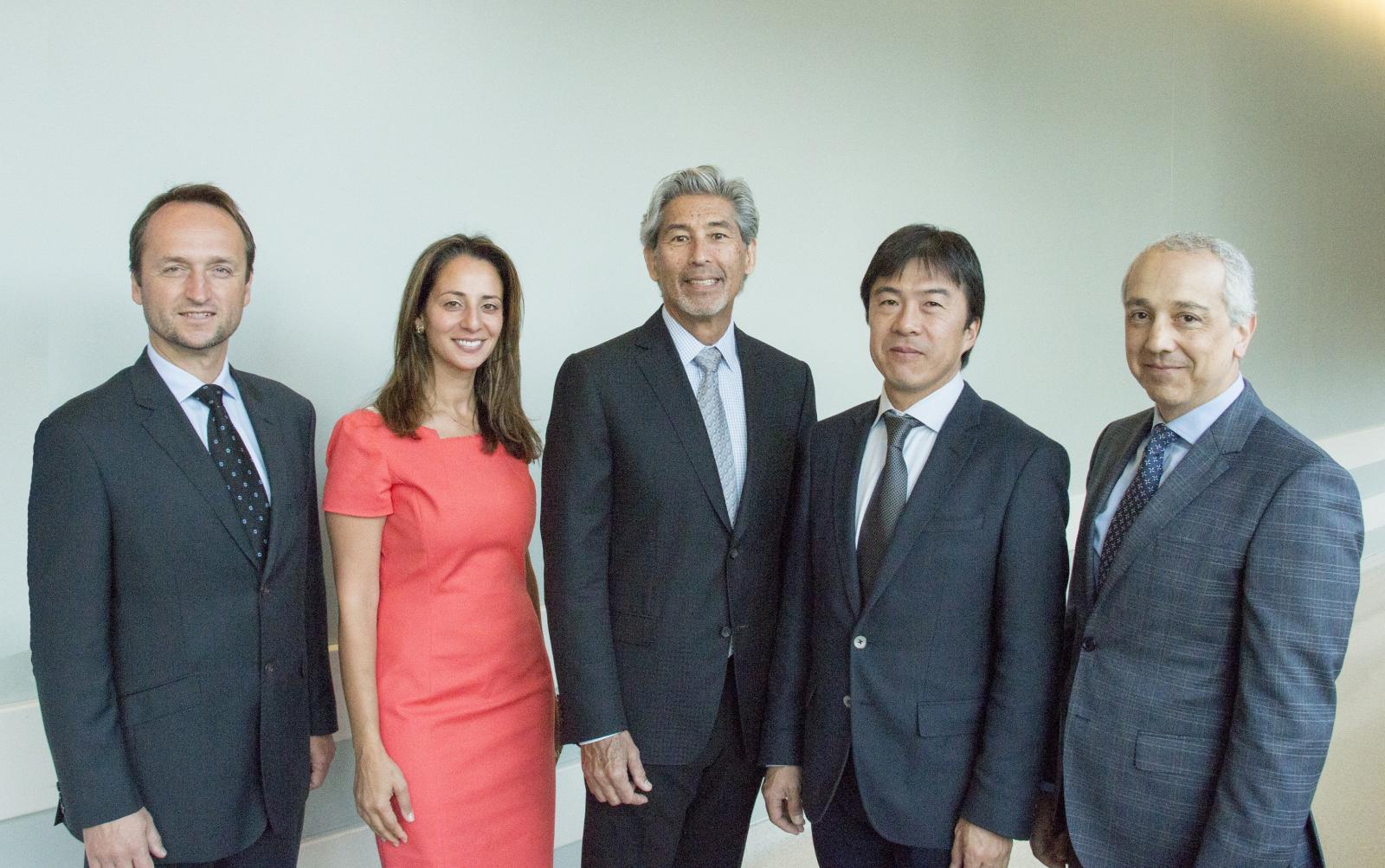
The Division of Interventional Neuroradiology (DINR) is a crucial part of the Comprehensive Stroke Center at Long Beach Medical Center.
In partnership with DINR physicians from the University of California, Los Angeles (UCLA), the Comprehensive Stroke Center is one of California’s most comprehensive centers for the diagnosis, treatment and rehabilitation of the central nervous system and peripheral vascular malformations and abnormalities. We provide advanced, world-class care for the most complex disorders of the vessels of the brain, spine, head and neck. The DINR team has expertise in the latest minimally invasive neuroendovascular/neurointerventional surgeries and procedures, including carotid and intra-cranial stenting, treatment of brain aneurysms and vascular malformations, as well as specialized neurovascular pediatric procedures.
The Division of Interventional Neuroradiology evaluates and treats adults and children with cerebrovascular diseases using modern minimally-invasive approaches.
Aspects of the Division of Interventional Neuroradiology:
- Treats conditions that traditionally would have required surgical intervention, such as:
- Aneurysms
- Vascular malformations and tumors of the brain
- Spine, head and neck, using a minimally-invasive endovascular approach to reach the lesion
- Close partnership with an experienced neurosurgical team with expertise in cerebrovascular disease
- A collaborative and compassionate multi-disciplinary approach
- Established stroke protocols
- A full continuum of rehabilitative care, including services provided at the bedside and at the inpatient rehabilitation unit at Long Beach Medical Center
- After multi-disciplinary consultation, including colleagues in stroke, neurology and neurosurgery, the optimal treatment plan is determined
- Our team of interventional neuroradiologists and stroke neurologists are available for consultation and emergency treatment 24-hours a day.
Dedicated Care Team
The mission of the DINR team is to offer the most advanced diagnostic imaging and minimally invasive treatment options for a wide range of conditions involving the brain, the head and neck region, and the spine and spinal cord.
In addition, the DINR team is about treating stroke and aneurysms faster and better. The team uses the phrase “time is brain” to emphasize that brain tissue is rapidly lost as stroke progresses. Brain damage can be reversible in the early stages of stroke, but in later stages the brain can become permanently damaged.
The DINR team rescues people from the tragedy of stroke and aneurysms through a rapid treatment approach and multi-disciplinary developments of cutting-edge interventional and radiologic techniques.
Our Innovative Approach
DINR combines excellence in clinical imaging, research and educational programs with state-of-the-art technology. As the pioneers in acute stroke intervention and aneurysm embolism, the DINR care team uses the latest image-guided techniques to deliver life-saving agents through non-invasive methods, reducing hospital stays and recovery times for patients.
DINR physicians use the endovascular approach, in which a procedure is performed inside your blood vessel using a thin, long tube called a catheter. Through small incisions in the groin, the catheter is guided under video X-ray to the site of the lesion (blood clot, aneurysm, AVM, tumor, etc.).
Neuroendovascular/neurointerventional physicians can be thought of as the “plumbers of the brain.” Much like a plumber uses a snake — a slender, flexible drain screw — to dislodge clogs in a pipe, physicians use a catheter to reach a clot in a blood vessel in patients with acute stroke.
Advanced Imaging Equipment
Long Beach Medical Center utilizes a 320-slice computed tomography (CT) scanner that provides clear images of the brain to diagnose areas affected in a matter of minutes rather than hours and determine the best course of treatment.
Conditions
- Arteriovenous malformations (AVM)
- Cerebral aneurysm
- Brain arteriovenous malformation (AVM)
- Carotid-cavernous fistula (CCF)
- Dural arteriovenous fistula (DAVF)
- Extracranial (brachiocephalic) atherosclerosis
- Extracranial (head and neck) and paraspinal vascular malformations
- Head and neck tumors
- Intracranial aneurysms
- Intracranial atherosclerosis
- Juvenile nasopharyngeal tumor
- Meningiomas
- Nosebleeds
- Paragangliomas
- Stroke
- Spinal vascular malformations